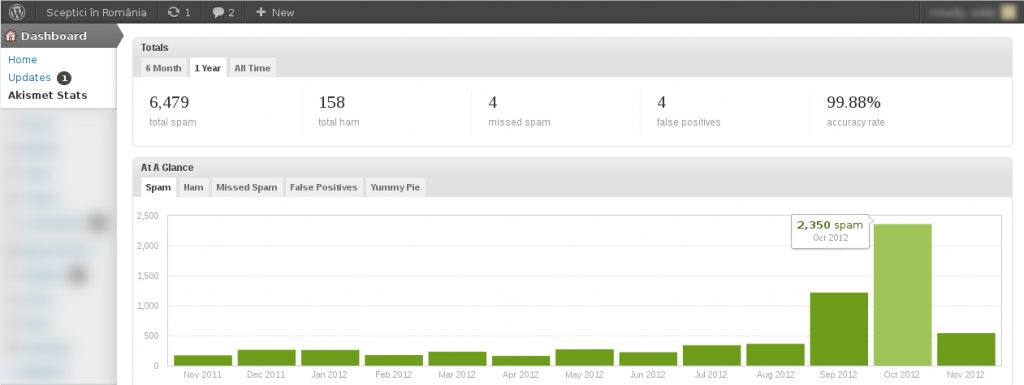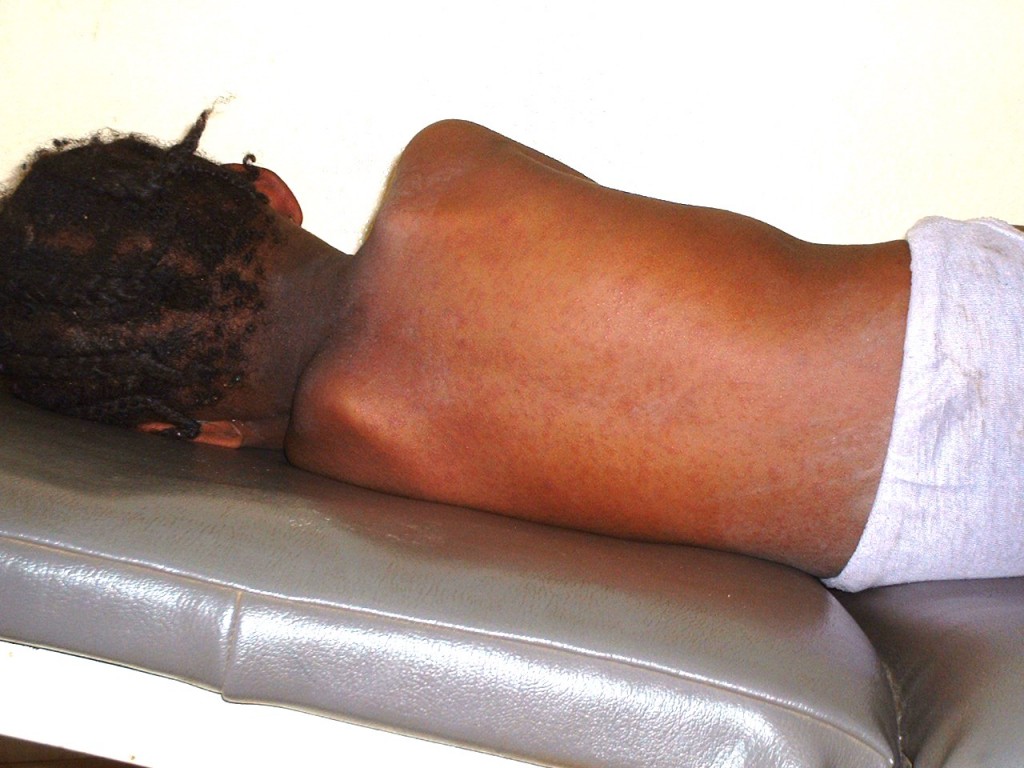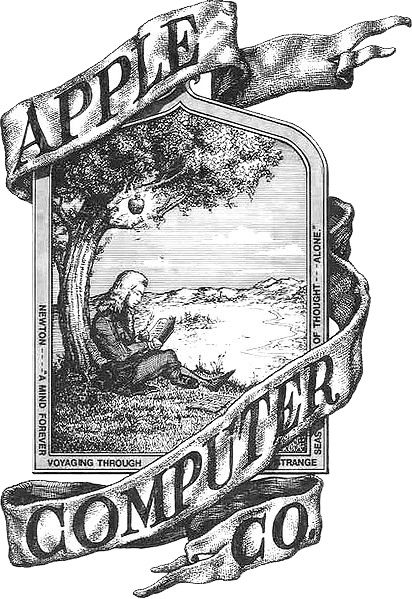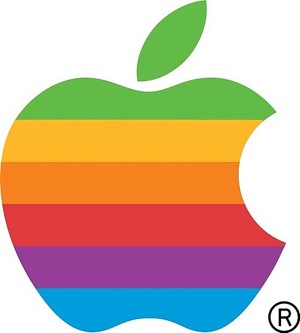Podcast: Play in new window | Download (Duration: 9:36 — 7.8MB)
Aboneaza-te! Apple Podcasts | Spotify | iHeartRadio | Stitcher | Blubrry | Email | TuneIn | RSS
Skeptical Reporter for December 14th, 2012
Announcement: The skeptical reporter will take a break, but will be back on the 25th of January next year. So don’t forget to tune in for your weekly dose of science and skepticism news.
And now for some skeptical news
The Psychic Friends Network is hard at work finding new ways to make people pay up for what they offer. The representatives of the company offering psychic services of all sorts just announced in a press release that they are developing a mobile app, being the first in the business to do so. This is what the press release had to say: “Psychic Friends Network, the company that single-handedly created the psychic entertainment market in the 1990s and generated over $1 billion in revenue, is developing a mobile smartphone/tablet application (mobile app), a first for the psychic service industry. "This is a major breakthrough not just for the Psychic Friends Network, but for the entire psychic service industry," said Marc Lasky, CEO of Psychic Friends Network”. Their app will be “freemium”, meaning it will be free to download but users will be charged for content used.
In Australia, a controversial anti-vaccination lobby group has been slapped with an order to change its misleading name or be shut down. The NSW Office of Fair Trading handed a letter of action the Australian Vaccination Network president Meryl Dorey, labeling the network's name as misleading and a detriment to the community. NSW Fair Trading Minister Anthony Roberts explained that the information the Network provided was a public safety issue of "life and death". "This is not a victimless issue, it's about the ability to stop pain and suffering," he said. Minister Roberts likened the AVN's message to sanctioning speeding: "People do not have the freedom of choice when it comes to endangering others ... it's the equivalent of saying a bloke can speed down the road and endanger others". Minister Roberts has warned other states if the AVN tries to register elsewhere.
From India to Las Vegas, superstitious lovebirds and numbers geeks are reveling in a once-in-a-lifetime event: the date 12/12/12. Sure, it might be just another set of numbers for some. But unlike the past 11 years, this will be the last such triple date for almost a century, until January 1, 2101. Those tying the knot at the Viva Las Vegas Wedding Chapel have 40 different 12/12/12 wedding packages to choose from. Six of those options include an Elvis impersonator From midnight to midnight, more than 100 couples will walk or ride down the aisle at Viva Las Vegas. That's more than 10 times the number of couples who get hitched there on a typical Wednesday in December.
One of the world's top advertising awards went this year to a campaign in which a radio station broadcast ultrasound along with its programmes to repel mosquitoes. But does it work? Definitely not, say scientists. It was a beautifully simple idea. No more need for smelly lotions, chemical gases, smoke or rolled-up newspapers, listeners to Brazilian station Band FM were told - all you need to do to beat mosquitoes is to stick close to the radio. The station broadcast a high-frequency tone under its music in April this year. Inaudible to most adults, the tone was supposed to repel mosquitoes, allowing listeners to relax in the open air without fear of getting bitten. There's just one problem. Scientists say it's nonsense. Bart Knols, an entomologist who chairs the advisory board of the Dutch Malaria Foundation and edits the website Malaria World, claims that there is "no scientific evidence whatsoever" that ultrasound repels mosquitoes. A 2010 review article examined 10 field studies, in which ultrasonic repellent devices had been put to the test, and concluded that they "have no effect on preventing mosquito bites" and "should not be recommended or used".
And now let’s look at some news in science
University of Colorado Boulder Assistant Professor Nikolaus Correll and his computer science research team have developed a basic robotic building block, which he hopes to reproduce in large quantities to develop increasingly complex systems. Recently the team created a swarm of 20 robots, each the size of a Ping Pong ball, which they call "droplets." When the droplets swarm together, Correll said, they form a "liquid that thinks." To accelerate the pace of innovation, he has created a lab where students can explore and develop new applications of robotics with basic, inexpensive tools. Similar to the fictional "nanomorphs" depicted in the "Terminator" films, large swarms of intelligent robotic devices could be used for a range of tasks. Swarms of robots could be unleashed to contain an oil spill or to self-assemble into a piece of hardware after being launched separately into space, Correll said. He plans to use the droplets to demonstrate self-assembly and swarm-intelligent behaviors such as pattern recognition, sensor-based motion and adaptive shape change. These behaviors could then be transferred to large swarms for water- or air-based tasks. Correll hopes to create a design methodology for aggregating the droplets into more complex behaviors such as assembling parts of a large space telescope or an aircraft.
Scientists with NASA's Cassini mission have spotted what appears to be a miniature, extraterrestrial likeness of Earth's Nile River: a river valley on Saturn's moon Titan that stretches more than 400 kilometers from its "headwaters" to a large sea. It is the first time images have revealed a river system this vast and in such high resolution anywhere other than Earth. Scientists deduce that the river, which is in Titan's north polar region, is filled with liquid hydrocarbons because it appears dark along its entire length in the high-resolution radar image, indicating a smooth surface. "Though there are some short, local meanders, the relative straightness of the river valley suggests it follows the trace of at least one fault, similar to other large rivers running into the southern margin of this same Titan sea," said Jani Radebaugh, a Cassini radar team associate at Brigham Young University, Utah. Titan is the only other world we know of that has stable liquid on its surface. While Earth's hydrologic cycle relies on water, Titan's equivalent cycle involves hydrocarbons such as ethane and methane. In Titan's equatorial regions, images from Cassini's visible-light cameras in late 2010 revealed regions that darkened due to recent rainfall.
Using NASA's Hubble Space Telescope, astronomers have uncovered a previously unseen population of seven primitive galaxies that formed more than 13 billion years ago, when the universe was less than 3 percent of its present age. The deepest images to date from Hubble yield the first statistically robust sample of galaxies that tells how abundant they were close to the era when galaxies first formed. The results show a smooth decline in the number of galaxies with increasing look-back time to about 450 million years after the big bang. The observations support the idea that galaxies assembled continuously over time and also may have provided enough radiation to reheat, or reionize, the universe a few hundred million years after the big bang. These pioneering observations blaze a trail for future exploration of this epoch by NASA's next-generation spacecraft, the James Webb Space Telescope. Looking deeper into the universe also means peering farther back in time. The universe is now 13.7 billion years old. The newly discovered galaxies are seen as they looked 350 million to 600 million years after the big bang. Their light is just arriving at Earth now.
Having HIV/AIDS is no longer a death sentence, but it's still a lifelong illness that requires an expensive daily cocktail of drugs. And it means tolerating those drugs' side effects and running the risk of resistance. Researchers at The Rockefeller University may have found something better: they've shown that a therapeutic approach harnessing proteins from the human immune system can suppress the virus in mice. This kind of treatment doesn't need daily application and could one day be used in humans to treat the disease. Florian Klein and colleagues in Michel Nussenzweig's Laboratory of Molecular Immunology found that a combination of five different antibodies, proteins the immune system uses to fight infection, effectively suppressed HIV-1 replication. They kept the virus at bay for a 60 day period after termination of therapy thanks to their longer half-life, while current antiretroviral drugs require daily intake. These especially potent antibodies were only recently discovered, some of them by several of Klein's colleagues. Called broadly-neutralizing antibodies, they were identified and cloned from HIV-infected patients whose immune systems showed an unusually high ability to neutralize HIV.
And in local news from Romania we learn that
Romanian students won six silver medals in the International Junior Science Olympiad that was held in Tehran this year. All the members of the Romanian team managed to come back home with a distinction and they did better than last year’s group that participated in the academic event. Diana-Andreea Catană, Ruxandra Tesloianu, Dan Mircea Mirea, Adrian Mihai Radu, Tiberiu Alexandru Pană and Andrei Iliescu are the students who won this year. The Olympiad is an event where students must pass challenges both theoretical and practical in three subjects: chemistry, biology and physics.
Links:
- http://www.prnewswire.com/news-releases/psychic-friends-network-pfni-readies-freemium-mobile-apps-in-bid-to-re-dominate-the-nearly-25b-psychic-entertainment-market-183148821.html
- http://www.news.com.au/lifestyle/health-fitness/minister-orders-anti-vaccination-group-to-change-its-name/story-fneuz9ev-1226537155195
- http://edition.cnn.com/2012/12/11/living/12-12-12/index.html
- http://www.bbc.co.uk/news/magazine-20669080
- http://www.sciencedaily.com/releases/2012/12/121214143027.htm
- http://www.sciencedaily.com/releases/2012/12/121212164028.htm
- http://www.sciencedaily.com/releases/2012/12/121212141807.htm
- http://www.sciencedaily.com/releases/2012/12/121210220916.htm
- http://www.realitatea.net/sase-medalii-de-argint-la-olimpiada-internationala-de-stiinte-pentru-juniori_1071720.html










